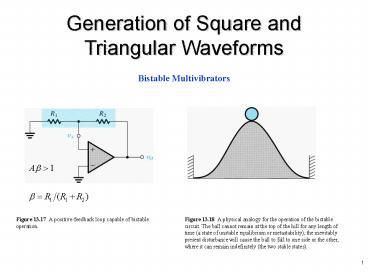Figure 13'17 A positivefeedback loop capable of bistable operation' PowerPoint PPT Presentation
1 / 9
Title: Figure 13'17 A positivefeedback loop capable of bistable operation'
1
Generation of Square and Triangular Waveforms
Bistable Multivibrators
Figure 13.17 A positive-feedback loop capable of
bistable operation.
Figure 13.18 A physical analogy for the
operation of the bistable circuit. The ball
cannot remain at the top of the hill for any
length of time (a state of unstable equilibrium
or metastability) the inevitably present
disturbance will cause the ball to fall to one
side or the other, where it can remain
indefinitely (the two stable states).
2
Figure 13.19 (a) The bistable circuit of Fig.
13.17 with the negative input terminal of the op
amp disconnected from ground and connected to an
input signal vI. (b) The transfer characteristic
of the circuit in (a) for increasing vI. (c) The
transfer characteristic for decreasing vI. (d)
The complete transfer characteristics.
3
Figure 13.20 (a) A bistable circuit derived from
the positive-feedback loop of Fig. 13.17 by
applying vI through R1. (b) The transfer
characteristic of the circuit in (a) is
noninverting. (Compare it to the inverting
characteristic in Fig. 13.19d.)
4
Application of the Bistable Circuit as a
Comparator
Figure 13.21 (a) Block diagram representation
and transfer characteristic for a comparator
having a reference, or threshold, voltage VR. (b)
Comparator characteristic with hysteresis.
5
Figure 13.22 Illustrating the use of hysteresis
in the comparator characteristics as a means of
rejecting interference.
6
Astable Multivibrators
Figure 13.24 (a) Connecting a bistable
multivibrator with inverting transfer
characteristics in a feedback loop with an RC
circuit results in a square-wave generator.
7
Figure 13.24 (Continued) (b) The circuit
obtained when the bistable multivibrator is
implemented with the circuit of Fig. 13.19(a).
(c) Waveforms at various nodes of the circuit in
(b). This circuit is called an astable
multivibrator.
8
Generation of Triangular Waveforms
integrator
Figure 13.25 A general scheme for generating
triangular and square waveforms.
9
Monostable Multivibrators
Figure 13.26 (a) An op-amp monostable circuit.
(b) Signal waveforms in the circuit of (a).

